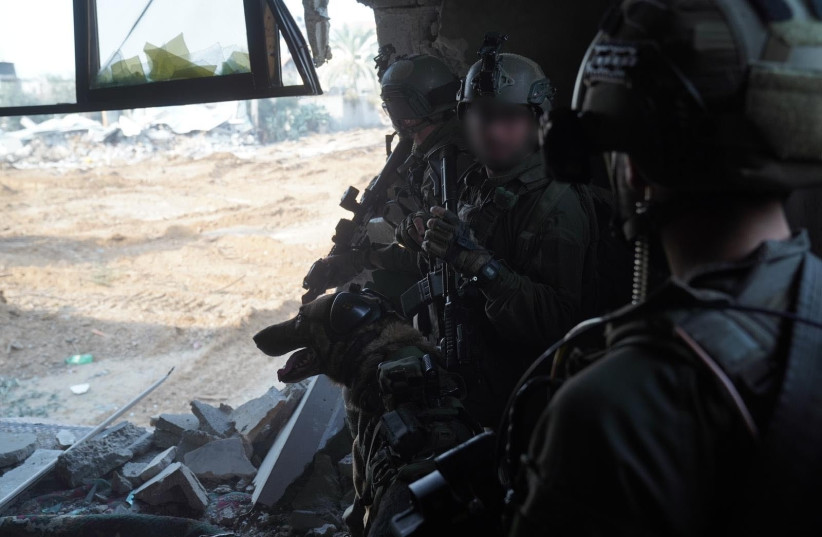Dismantling Hamas in southern Gaza may need to extend into “Stage 3” of Israel’s plans for Gaza, IDF sources have said.
“Stage 3” refers to a point where the “main war” is over, but where the IDF is expected to continue for three to nine months to fight an insurgency.
The IDF continues to make consistent progress in Khan Yunis over the last few weeks and has relative control in southern and eastern Khan Yunis and nearby Bani Suheila, but is facing heavy resistance in other parts of Khan Yunis.
Also, the IDF has struck Hamas positions in Rafah from the air, but has not started to invade the area in a serious way with ground troops.
Slowing down the war?

In the meantime, top Israeli officials have been saying since last month that they would conclude the most intense part of the war by the end of January – which already is some weeks later than the US prefers, and much later than Israel’s EU allies prefer.
Ending the main war means allowing much of the reservist force to return home to their families, moving toward restoring a fully functioning Israeli economy, and relieving the pressure on the Jewish state globally to avoid operations which harm Palestinian civilians.
But top defense officials are starting to recognize that moving at the slower and more careful pace they are moving at to reduce both Palestinian civilian casualties and IDF troops may mean that Khan Yunis, Rafah, and some other southern Gaza areas may not be fully subdued by the end of January.
War minister Benny Gantz implied as much on Tuesday when he said that aspects of the IDF's fighting in Gaza would continue into "Stage 3," beyond the main war.
Defense Minister Yoav Gallant made similar implications on Tuesday, saying that he had approved IDF plans to expand operations in southern Gaza and other parts of Gaza but adding that in Khan Younis, "we are focusing the efforts and operations will take place over multiple stages," (a reference to Stages 2 and 3 of the war plans.)
This could be doubly true if the IDF does not figure out a way to thread the needle of mounting an attack on the hideout of Gaza’s two chiefs Yahya Sinwar and Muhammad Deif, without such an attack leading to Hamas killing the remaining Israeli hostages.
If main war ends, IDF may need to continue more intense levels of conflict
In such a scenario, even if northern Gaza is under full IDF control when the main war ends, the IDF may need to continue more intense levels of conflict in portions of southern Gaza.
Such a move would potentially mean fighting with fewer reserve forces and reduced air and artillery power so as to lessen both Palestinian civilian casualties as well as potential destruction of Gaza’s general landscape.
The idea would be more targeted anti-terror operations as in the West Bank, which would have a smaller military footprint and would draw less global scrutiny.
One problem that Israel may encounter in continuing fighting at such reduced levels is IDF sources emphasizing that Hamas has placed weapons virtually everywhere so that its terror forces can move around in public unarmed and without drawing IDF suspicions.
Fighting such tactics is hard enough in any situation, but doing so with less air support to be able to track and fire on traveling Hamas operatives at all times, could be extraordinarily difficult and further draw out the fighting.
Israel would still hope to wrap up such fighting within three to nine months in order to move on to handing Gaza over to new management – whose identity is still being hotly debated.
The Palestinian Authority, some new group of local Gazans not affiliated with Hamas, the UN, moderate Sunni Arab countries, Israel’s Western allies, and some hybrid of these options are all being discussed.
